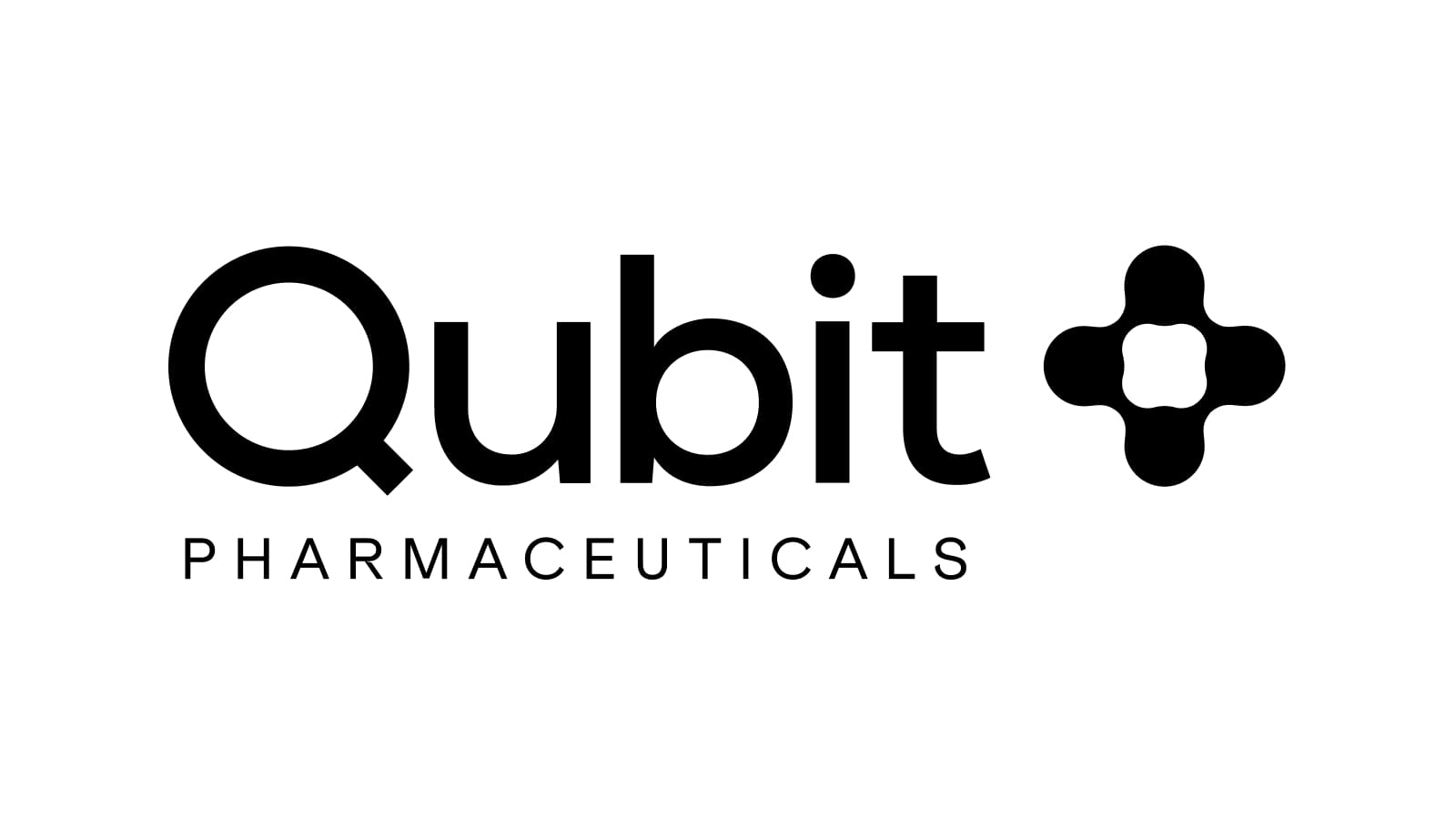The AI Evolution Will Happen Faster Than Computing Evolution

Compute will still evolve, but how fast is the question? The Internet led to
the massively distributed data center approach, which we know as the cloud, a
terrible term, but I digress. But today the power of computing can only
increase so much. Moore’s Law looks increasingly impossible to keep pace with
as we develop transistors the size of an atom. Infrastructure limitations are
causing all sorts of headaches for software vendors who now face a litany of
options for maximizing AI systems to be more efficient with precious compute
resources. ... It’s all about the data and its compounding growth. Having
transition data ready and analytic, too, with speed and efficiency, makes for
the ability to scale AI systems. As we’ve seen, AI systems must be fast and
SingleStore markets that capability with its in-memory and disk capabilities.
There’s also the flexibility that customers demand — a hybrid approach that
cuts across cloud services and on-premises. With SinglStore vector indexing
and JSON handling, the capabilities opened further.
Preparing for the Shift to Platform Engineering
To effectively support the transition, leaders must commit to a culture of
platform engineering. Simply adopting technology isn’t enough. It needs to be
backed by a thorough strategy that allows developers to truly benefit from the
tools and structures of platform engineering. What does this look like? Success
requires leaders and developers to encourage collaboration and break down silos
between operations and development teams. It’s possible to build a bridge
between developers and operations by committing to cloud migration, creating a
centralized platform and investing in collaborative tools and the strategy to
back it up. To engage in platform engineering requires dedication to a
collaborative culture instigated from the top, empowered by overall strategic
decisions and operations. This includes continued learning for developers to
stay on top of new languages, trends, challenges and priorities, internally and
externally. Teams are more successful when they utilize performance metrics to
track workflows that help them conduct effective maintenance and improve on a
consistent and ongoing basis.
Data Governance in action: the CDO, the CISO and the Perks of collaboration

Maintaining independent reporting structures for the CDO and CISO, separate
from the Chief Information Officer (CIO), is crucial. That’s because when they
report directly to the executive leadership or the CEO, they can provide
independent updates on data governance and cybersecurity, ensuring clarity and
objectivity in decision-making for critical data-related matters. Due to this
arrangement, senior management will have a holistic view of risk management,
compliance, and strategic decision-making, without any biases that may arise
from reporting to the CIO. Biases, in this context, can manifest in several
ways. For example, a CIO might prioritise IT initiatives that align with the
department’s goals or budget constraints, potentially overlooking or
downplaying certain data governance or security concerns. Hence, this
hierarchical reporting structure, with the CIO in the middle, can
unintentionally filter or influence the information that reaches senior
management, which could impact their ability to make well-informed, impartial
decisions.
North Korean hackers are targeting software developers and impersonating IT workers
Diamond Sleet was observed using two attack paths: the first consisted in the
deployment of ForestTiger backdoor while the second deployed payloads for DLL
search-order hijacking attacks. Onyx Sleet used a different attack path: After
successfully exploiting the TeamCity vulnerability, the threat actor creates a
user account (named krtbgt), runs system discovery commands and finally
deploys a proxy tool named HazyLoad to establish persistent connection. “In
past operations, Diamond Sleet and other North Korean threat actors have
successfully carried out software supply chain attacks by infiltrating build
environments,” Microsoft noted. North Korean state-sponsored hackers have been
linked to a social engineering campaign targeting software developers through
GitHub. By pretending to be a developer or a recruiter, the attacker managed
to convince the victim to collaborate on a GitHub repository and ultimately
download and execute malware on its device.
Five key questions about disaster recovery as a service

Almost any organisation can use DRaaS because it requires little in the way of
hardware or up-front investment. However, its use is most common in
organisations that want to minimise downtime, but cannot justify investment in
redundant hardware, either on-premise or in a datacentre or colocation facility.
This is likely to involve a trade-off between performance and recovery times,
and cost. DRaaS that runs in the public cloud will be slower than dedicated
systems, but it will still be faster to recover from than basic cloud-based
backup or BaaS. Another application for DRaaS is where conventional DR systems
are less practical. This includes branch and remote offices that may have lower
bandwidth connections and little in the way of on-site IT support. There is also
a trend towards use of DRaaS to provide resilience for cloud-based
infrastructure. Such cloud-to-cloud disaster recovery can range from replicating
entire cloud production environments or specific VMs to a secondary cloud
location, to providing additional redundancy and continuity for SaaS
applications and even Microsoft 365.
Blue-Green Deployment: Achieving Seamless and Reliable Software Releases
In order to reduce risks and downtime when releasing new versions or updates
of an application, blue-green deployment is a software deployment strategy. It
entails running two parallel instances of the same production environment,
with the “blue” environment serving as a representation of the current stable
version and the “green” environment. With this configuration, switching
between the two environments can be done without upsetting end users. without
disrupting end-users. The fundamental idea behind blue-green deployment is to
automatically route user traffic to the blue environment to protect the
production system's stability and dependability. Developers and QA teams can
validate the new version while the green environment is being set up and
thoroughly tested before it is made available to end users. ... The advantages
of blue-green deployment are numerous. By maintaining parallel environments,
organizations can significantly reduce downtime during deployments.
Shaping the Future of Hybrid Quantum Algorithms for Drug Discovery

One of the main challenges of drug discovery is simulating the interaction
between molecules to, for instance, predict the potency of a drug. Accurately
simulating the behavior of a single molecule is tricky since the number of
possible interactions with other molecules skyrockets as you increase the
overall number of molecules. Computer-aided drug discovery has been around for
about 40 years. However, due to limited computational powers, the first
software packages had to simplify the physics and depended a lot on
experimental validation—which is, to this day, a lot of trial and error. As
the computational power of computers increases, and as physics models become
more and more complex, we’ll be able to run more accurate simulations that not
only spare us a lot of experimental testing but also allow us to develop
entirely new drugs. Simplistic models haven’t previously tapped a vast chunk
of the chemical search space. Quantum computing is still very early, and
quantum computers have yet to demonstrate a practical advantage over
supercomputers.
A technology lawyer suggests how artificial intelligence can benefit every Indian tangibly

As impressive as AI has been so far, we are, at the time of this writing, on
the brink of yet another transformation that promises to be even more
dramatic. Over the past year or so, remarkable improvements in the
capabilities of large language models (LLMs) have hinted at a new form of
emergent ‘intelligence’ that can be deployed across a range of applications
whose full scale and scope will only become evident over time. So powerful
is the potential of this new technology that some of the brightest minds on
the planet have called for a pause in its development out of the fear that
it will lead to a SkyNet future and the genuine threat of unleashing
malicious artificial general intelligence. LLMs are computer algorithms
designed to generate coherent and intelligent responses to queries in a
humanlike conversational manner. They are built on artificial neural
networks that have typically been trained on massive data sets that allow
them to learn language structure. LLMs can learn without being explicitly
programmed.
Team Topologies: A Game Changer For Your Data Governance Organization

Managing data is not only a technological task, but also an organizational
one. It requires successful coordination and collaboration between different
teams and stakeholders. Here, priorities, goals, and perspectives often
differ, making it difficult to establish effective work processes and
communication structures. Another key aspect is the clear definition of
roles – such as the role of a data architect or the role of a master data
manager – and their responsibilities in the context of the data
organization. Without clear structures, misunderstandings and conflicts can
arise, negatively impacting data management efficiency and business
processes. Given these challenges, implementing effective data management
and data governance practices sometimes seems daunting. However, it is a
critical factor in the success of data-driven organizations, and strategies
exist to overcome these challenges. One promising strategy is to apply
innovative collaboration models and team structures.
Soft Skills Play Significant Role in Success of IT Professionals

A person with strong problem-solving skills typically demonstrates the
ability to analyze complex issues systematically, break them down, and
identify effective solutions, according to Haggarty. "They showcase critical
thinking, resourcefulness, and a willingness to explore alternative
approaches," she noted. "Effective problem-solvers are also skilled in
evaluating potential consequences and making informed decisions." In
addition, their capacity to collaborate with diverse teams also contributes
to successful problem-solving in dynamic work environments. In the tech
industry, networking facilitates idea exchange and exposure to diverse
perspectives. Haggarty said networking is highly ranked due to its potential
to foster collaboration, knowledge sharing, and professional growth.
"Establishing strong professional relationships can lead to opportunities
for collaboration, career advancement, and staying informed about industry
trends," she said. "It can also aid with problem-solving by connecting
individuals with complementary skills to address multifaceted
challenges."
Quote for the day:
''If my mind can conceive it, my
heart can believe it, I know I can achieve it.'' --
Jesse Jackson
No comments:
Post a Comment